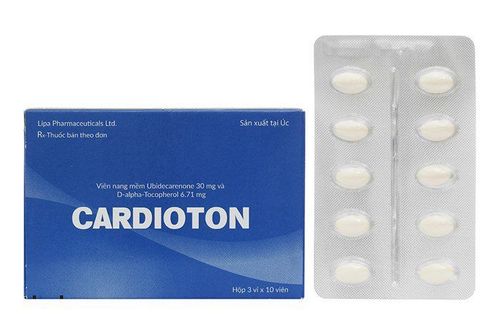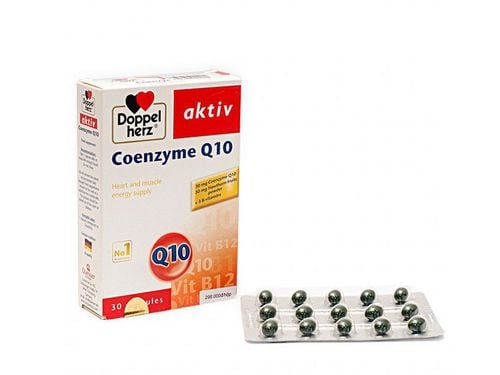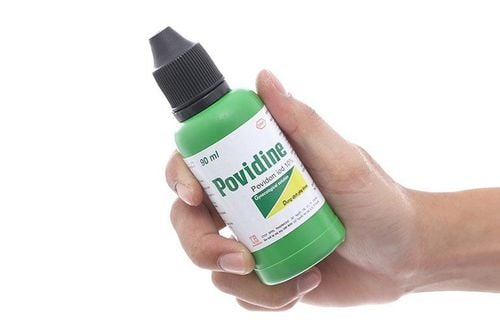Lipanthyl is commonly prescribed for the treatment of lipid disorders or hyperlipidemia. The following article provides complete information about Lipanthyl, its effects, usage, and dosage.
1. General information about Lipanthyl
1.1. Pharmacodynamics of Fenofibrate, the active ingredient of Lipanthyl
The primary pharmacodynamics of Lipanthyl is one of its active ingredients, Fenofibrate. Fenofibrate can lower blood cholesterol levels by 20% to 25% and triglyceride levels by 40% to 50%, experts say.
These effects come from reducing low-density cholesterols (including VLDL and LDL), the segment that causes atherosclerotic plaques in the arteries, and redistributing cholesterol by reducing the HDL/total cholesterol ratio.
The increase in this ratio leads to an increase in the risk of hyperlipidemia, which causes atherosclerosis.
Scientists have also found a relationship between hyperlipidemia and atherosclerosis, as well as cardiovascular problems.
Therefore, Fenofibrate, by improving atherosclerotic plaques, has brought positive effects on cardiovascular health.
In particular, long-term treatment with Lipanthyl can significantly reduce or even completely stop the storage of cholesterol outside the blood vessels.
Lipanthyl has also been shown to have a positive effect on uric acid excretion in patients with hyperlipidemia. The average reduction in uric acid fluctuates around 25%.
Additionally, the increase in the Apoprotein A1/Apoprotein B ratio is considered an early sign of atherosclerosis. Thanks to its antiplatelet effect, Fenofibrate also demonstrated the ability to significantly improve this ratio by increasing the amount of apoprotein A1 in clinical trials on animal samples and humans.
1.2. Pharmacokinetics of Lipanthyl
After absorption, the body will convert Fenofibrate into Fenofibric acid. After approximately 5 hours, this active ingredient reaches the highest concentration in plasma. Fenofibric acid has a strong binding to plasma albumin that pulls vitamin K antagonists from binding to proteins, enhancing its blood clotting effect.
Studies show that about 70% of the fenofibric acid will be actively excreted through the urine within 24 hours and up to 88% within 6 days. The maximum excretion of Fenofibric acid is 93% through the feces and urine in the original form or a conjugated derivative called glucuronic.
2. What effects does Lipanthyl have on cardiovascular health?
Lipanthyl is often prescribed for hypercholesterolemia or hypertriglyceridemia, either alone or in combination if the patient does not respond well to diet or other conventional treatments.
In particular, Lipanthyl also supports the treatment of persistent hyperlipoproteinemia, despite treatment of the underlying cause (eg diabetes). However, you should combine the medication with a healthy diet, which is low in saturated fats and high in vegetables.
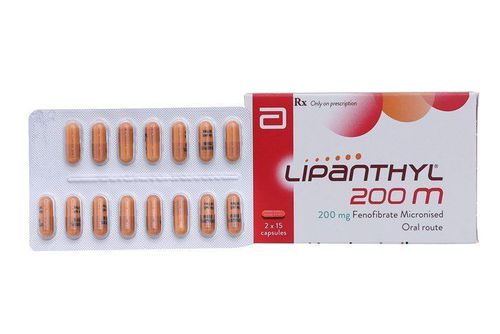
3. What groups of subjects are contraindicated for Lipanthyl?
Lipanthyl is contraindicated for those as follows:
- Individuals who are allergic to any ingredient in Lipanthyl, especially the active ingredient fenofibrate with high content.
Those with skin damage caused by UV in sunlight. - Patients with serious liver, gallbladder, or kidney problems.
Inflammation of the pancreas, causing abdominal pain, is unrelated to the concentration of fat in the blood...
4. Precautions when using Lipanthyl
The active ingredient Fenofibrate can cause muscle damage, which is more likely seen in patients with hypoalbuminemia.
Muscle damage caused by Fenofibrate often causes muscle pain and may significantly increase creatine-kinase levels up to 5 times higher than normal. In this case, the patient should stop using Lipanthyl immediately.
You should note that if after about 3 to 6 months of treatment with Lipanthyl, your serum lipid concentration does not improve, you need to switch to other complementary or alternative treatments.
In theory, the active ingredient Fenofibrate has not been recorded to cause the fetus malformations and is toxic to the fetus. Unless your blood triglyceride concentration is above 10 g/l, you should not use this medication during pregnancy to minimize the possible risks to the baby.
5. Usage and common dosage of Lipanthyl
- Usage: While Lipanthyl is available in tablet or capsule form with different doses of its active ingredient, Fenofibrate, it is recommended to swallow a whole tablet with plenty of water. Additionally, do not open, crush, or chew the medication.
You can take Lipanthyl at a certain time of the day with an un-empty stomach. - Dosage: The recommended dosage in adults is one tablet per day. However, this dosage and the treatment period may be adjusted depending on the specific conditions.
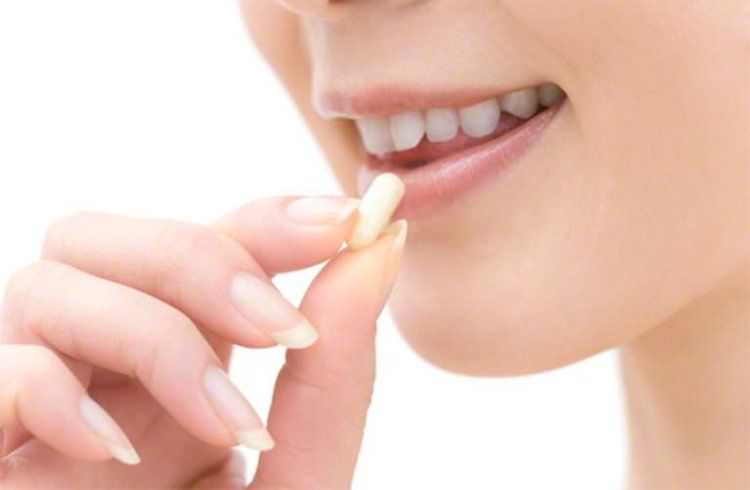
6. Side effects of Lipanthyl
Common side effects of Lipanthyl include:
- Fatigue, headache, dizziness and vertigo.
- Mild to severe digestive symptoms such as stomach pain, diarrhea, vomiting, etc.
- Pale skin and itchy rash.
- Skin sensitivity to light causes the skin to blister and sunburn quickly.
- Unexplained cramps, muscle aches, even myositis, and muscle rupture (rare).
- Liver enzymes increase and muscle toxicity.
- Significant blood clotting, back pain, stomach pain...
Lipanthyl is a helpful medicine in the treatment of high cholesterol, supporting the prevention and improvement of a series of cardiovascular problems. To ensure effective treatment and minimize side effects, patients need to adhere to the instructions of the doctor and pharmacist.
To arrange an appointment, please call HOTLINE or make your reservation directly HERE. You may also download the MyVinmec app to schedule appointments faster and manage your reservations more conveniently.
